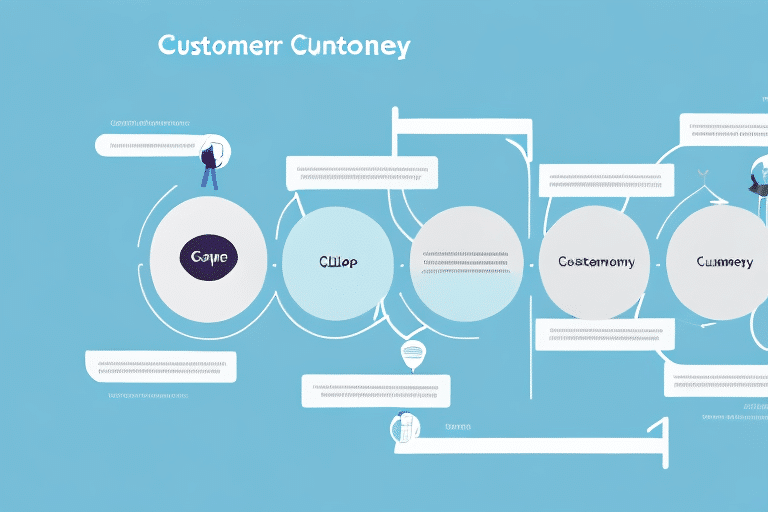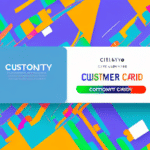Creating a Successful Customer Retention Program
Why Customer Retention is Important for Your Business
Customer retention is crucial because it costs significantly less to keep existing customers than to acquire new ones. According to a study by Bain & Company, increasing customer retention rates by just 5% can lead to an increase in profits of 25% to 95%. Repeat customers not only spend more but are also more likely to refer friends and family to your business, fostering sustainable growth.
Additionally, focusing on retention helps establish a positive reputation. Satisfied customers are more likely to leave positive reviews and recommend your business, enhancing brand awareness and expanding your customer base. Moreover, retention efforts provide insights into areas of improvement by listening to customer feedback, which can lead to enhanced products or services and a stronger competitive advantage.
Understanding Your Customers' Needs and Preferences
Understanding your customers’ needs and preferences is a foundational element of a successful retention program. This involves:
- Conducting surveys and gathering feedback
- Analyzing customer data to identify trends
- Staying informed about market trends and competitors
By tailoring your products and services to meet these needs, you can enhance customer satisfaction and loyalty. Remember, customer preferences can evolve, so continuous engagement and data analysis are essential to maintaining strong relationships over time.
Developing an Effective Customer Retention Strategy
A robust customer retention strategy encompasses the following steps:
- Analyze Customer Data: Use CRM tools to understand purchasing behaviors and preferences.
- Identify Key Loyalty Drivers: Determine what motivates your customers to stay, such as product quality or personalized experiences.
- Create Action Plans: Develop initiatives that address each loyalty driver effectively.
- Personalize Customer Experiences: Tailor communications and offers to individual customer needs.
- Monitor and Measure: Continuously track retention metrics and adjust strategies based on performance.
Implementing these steps can lead to increased customer satisfaction, reduced churn, and more repeat business.
Implementing Loyalty Programs and Exceptional Customer Service
Designing a Loyalty Program
A successful loyalty program should offer meaningful rewards that encourage repeat business, such as:
- Discounts and exclusive offers
- Free products or services
- Access to special events or experiences
Track and analyze customer participation to ensure the program’s effectiveness and make necessary adjustments based on customer preferences.
Providing Exceptional Customer Service
Exceptional customer service is vital for retaining customers. Key aspects include:
- Responsive and helpful support
- Empathetic communication
- Proactive problem-solving
Training employees in these areas and implementing robust customer service policies can significantly enhance the customer experience.
Leveraging Technology to Enhance Retention Efforts
Technology plays a pivotal role in modern customer retention strategies. Tools such as:
- CRM Software: Helps manage customer relationships and personalize interactions.
- Email Marketing: Enables targeted and personalized communication.
- Social Media: Facilitates engagement and community building.
- Chatbots: Provide quick responses to customer inquiries.
By utilizing these technologies, businesses can better engage with customers, personalize their experiences, and efficiently address their needs.
Measuring and Improving Your Retention Efforts
To ensure the effectiveness of your retention strategies, it’s essential to:
- Track customer satisfaction through surveys and feedback forms
- Monitor retention rates and repeat purchase behavior
- Analyze revenue generated from repeat customers
Using these metrics, businesses can identify areas for improvement and make data-driven decisions to refine their retention strategies continually.
Overcoming Challenges and Learning from Case Studies
Common challenges in customer retention include:
- Competing business priorities
- Lack of employee buy-in
- Difficulty in measuring success
To overcome these challenges:
- Align retention goals with overall business objectives
- Engage and train employees to prioritize customer retention
- Use clear and measurable metrics to track progress
Studying successful case studies can provide valuable insights into effective retention strategies. For example, companies like Amazon and Starbucks have implemented robust retention programs that emphasize personalized experiences and outstanding customer service.
Best Practices for Maintaining High Levels of Customer Satisfaction
To maintain high customer satisfaction, businesses should:
- Provide consistent and high-quality customer service
- Continuously improve products and services based on feedback
- Engage with customers regularly through various channels
- Show appreciation through rewards and recognition
Regularly gathering and acting on customer feedback ensures that businesses remain aligned with customer expectations and can swiftly address any issues that arise.
Continuously Improving Your Retention Strategy for Long-Term Success
A successful customer retention program requires ongoing effort and adaptation. Businesses should:
- Regularly analyze customer data to identify new trends and behaviors
- Update and refine retention strategies based on performance metrics
- Stay informed about industry best practices and emerging technologies
By committing to continuous improvement, businesses can ensure their retention strategies remain effective and drive sustained growth.
Conclusion: Investing in Customer Retention for Sustainable Growth
Investing in customer retention is essential for the long-term success of any business. A strong retention program not only reduces costs associated with acquiring new customers but also builds a loyal customer base that drives steady revenue and growth. By understanding customer needs, developing effective strategies, leveraging technology, and continuously measuring and improving efforts, businesses can achieve sustainable growth and maintain a competitive edge in their industry.




















